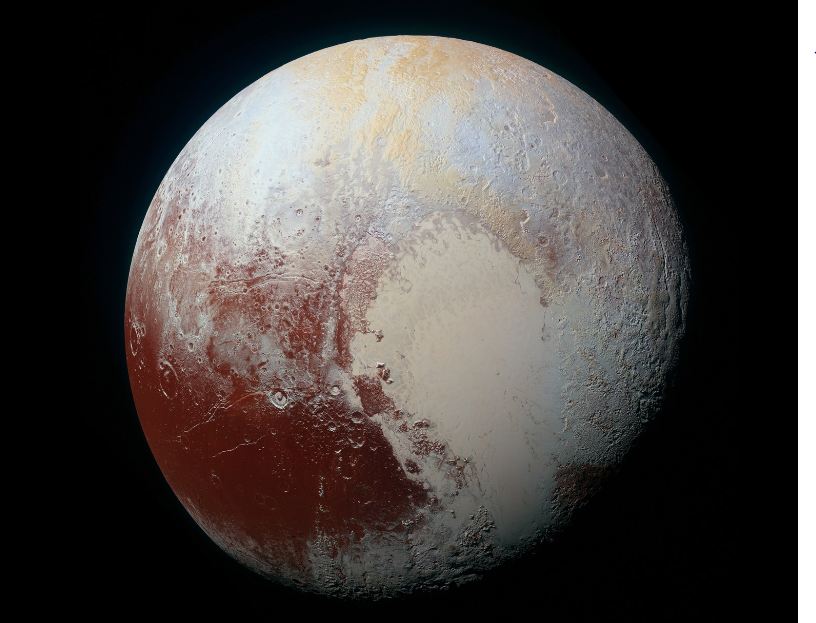Pluto, our favorite dwarf planet, got denominated from its planet status back in August 2006. More than a decade passed, and Pluto is still just a dwarf planet.

This could change soon since a group of scientists led by Alan Stern, principle investigator of NASA’s New Horizons mission to Pluto, proposed a new definition of planets, one that would reinstate the dwarf planet back to its former status.
The new definition proposed by Stern’s team is very simple one, but also one that would classify lots of natural satellites as planets. The definition boils down to “round objects in space that are smaller than stars.” You can see that the proposal, if accepted, will include hundreds of solar bodies as planets, making our solar system a bit planet-crowded.
The proposal does include a more detailed method for classifying planets, by which a planet is “a sub-stellar mass body that has never undergone nuclear fusion and that has sufficient self-gravitation to assume a spheroidal shape adequately described by a triaxial ellipsoid regardless of its orbital parameters.” This also gives lots of satellites and current dwarf planets (like Ceres and Eris) planet status.
It seems Stern really wants to put Pluto back in planet family. Back in 2015, Stern told Business Insider that “You really should listen to planetary scientists that know something about this subject. When we look at an object like Pluto, we don’t know what else to call it.”
Our current classification of planets does have some shortcomings. Science Alert explained some of the proposal’s criticism of our planetary classification.
- “First, it recognises as planets only those objects orbiting our Sun, not those orbiting other stars or orbiting freely in the galaxy as ‘rogue planets’,” they explain.
- Second, the fact that it requires zone-clearing means “no planet in our Solar System” can satisfy the criteria, since a number of small cosmic bodies are constantly flying through planetary orbits – including Earth’s.
- Finally, and “most severely”, they say, this zone-clearing stipulation means the mathematics used to confirm if a cosmic body is actually a planet must be distance-dependent, because a “zone” must be clarified. This would require progressively larger objects in each successive zone, and “even an Earth-sized object in the Kuiper Belt would not clear its zone”
The proposal about new planet classification is submitted to the International Astronomical Union, which has a final saying regarding questions like this. So, either will Pluto, along with numerous other objects found in our solar system, become a planet again, or we will continue to live in the 8-planet solar system.
